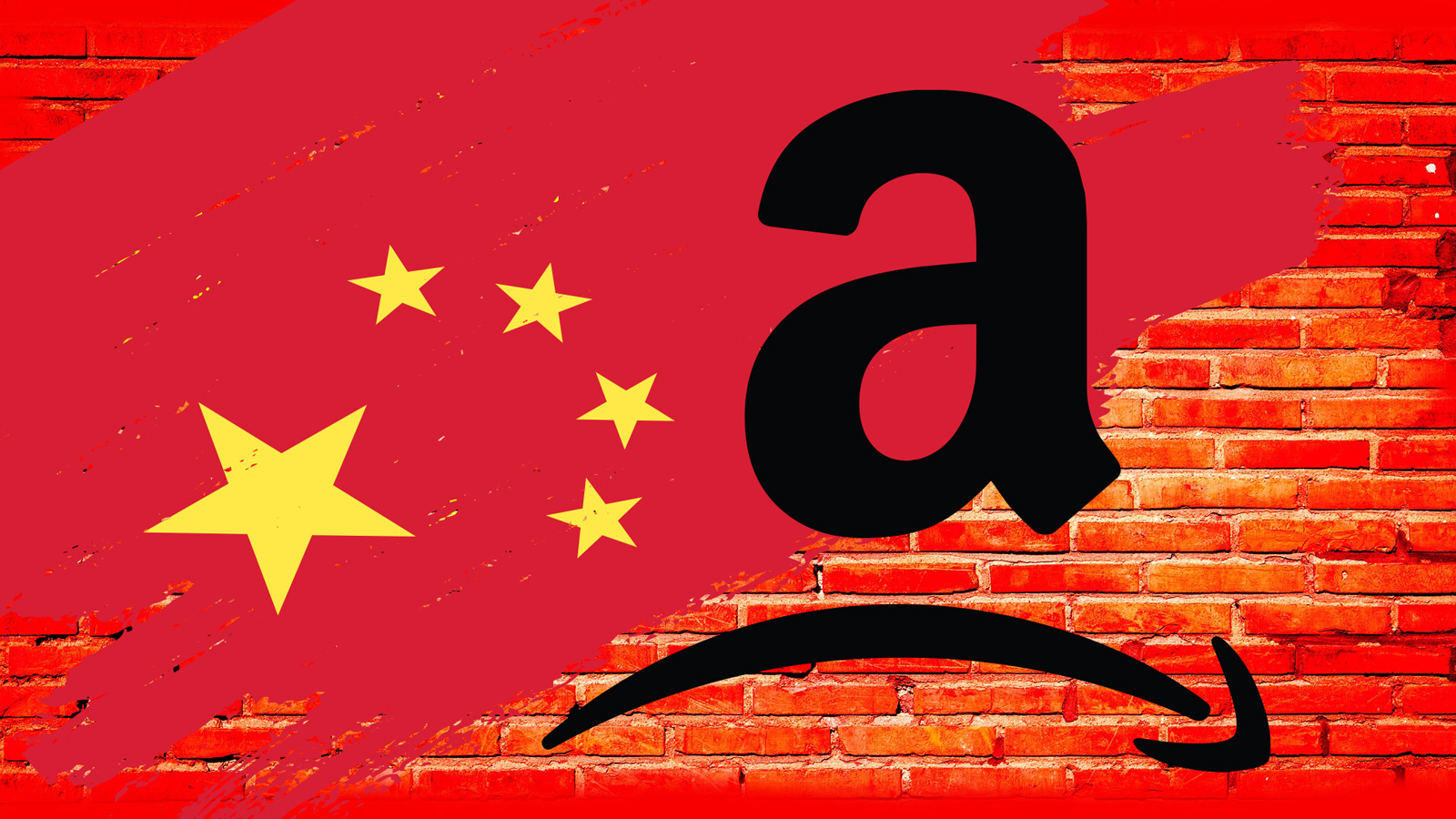
Amazon finally Admits to Facilitating Safety Issues and Fakes in Online Product Listings
Chinese products listed on the e-commerce site have been known to present a multitude of issues for US sellers on the platform. Consumers are also put into potential risks whenever purchasing an item from overseas on Amazon’s site. Counterfeits, unsafe goods, and items that lack the necessary US FDA approval, despite including the logo, are among some of the problems that have frequently occurred.
On the U.S. site, Amazon doesn’t require a seller’s locations to be disclosed, which makes it harder for Chinese sellers to be held accountable when fake and unsafe goods are identified after shipping.
When consumers attempted to sue Amazon in court proceedings in the past, Amazon’s argument was that they held no burden on product liability, claiming that the items in question were neither manufactured nor sold directly by the company and that they merely allowed those items to be listed for sale.
An extremely dangerous case happened when a customer purchased a hoverboard on Amazon from a third party seller and the board exploded and resulted in the buyer’s house catching on fire and burning down. In that 2016 court proceeding, Amazon won the case and was not held responsible.
However, for the first time ever, Amazon is finally admitting that such risks actually exist. The 2018 Securities and Exchange Commission (SEC) file stated “Under our seller programs, we may be unable to prevent sellers from collecting payments, fraudulently or otherwise, when buyers never receive the products they ordered or when the products received are materially different from the sellers’ descriptions. We also may be unable to prevent sellers in our stores or through other stores from selling unlawful, counterfeit, pirated, or stolen goods, selling goods in an unlawful or unethical manner, violating the proprietary rights of others, or otherwise violating our policies”
Whether Amazon can be held liable in court for damages that result from this passivity appears to be another story.
Mysterious Third-Party Chinese Vendors Lack Accountability on Amazon’s Seller Platform
Chinese sellers within the Amazon marketplace could represent a significant portion of the third-party sellers. Although Amazon does not publicly disclose any data of sellers’ location on the Amazon.com US site, according to Market Place Pulse, approximately 38% of the top sellers are based in China and 44% of China sellers were calculated among the 5 marketplaces (France, Germany, Italy, UK and Spain).
The majority of Chinese sellers, more than 79%, utilize Amazon Fulfillment (FBA) services that allow for customers to receive items quickly. This has resulted in US sellers struggling to compete in the market while also allowing customers to experience the same shipping experience regardless of the products’ origin.
Legitimate US Companies Can’t Compete with Rampant Flock of Fraudulent Chinese Vendors
This insurgence of sellers from China are affecting US sellers that have sold products imported from overseas because they are not able to provide competitive prices against Chinese suppliers that are now selling the same products on the site.
In an interview with the WSJ, a US based company that sells goose-feather duvets claims that they’ve struggled to compete with Chinese sellers that claim to sell the same quality goods but are counterfeits. This US company bought the Chinese “equivalent” and had the materials tested and found that they were duck feathers, instead of its proclaimed goose-feathers, and were being sold at a fraction of the price.
These deceptive listings not only hurt the customers that believe that they are purchasing one thing but actually receive another, but they are also killing a number of legitimate companies’ chances to make a living. The company brought the testing results to Amazon’s attention and the counterfeits were removed. However, the burden of responsibility in locating vendors that sell “fakes” should not be on the third party seller’s shoulders.
Consumers have also been deceived into thinking a product is great based on 5 star feedback when, in actuality, a string of companies have been proven to directly influence inauthentic reviews by bribing customers with gift cards in exchange for a high rating.
Find books on Big Tech, Sustainable Energy, Economics and many other topics at our sister site: Cherrybooks on Bookshop.org
